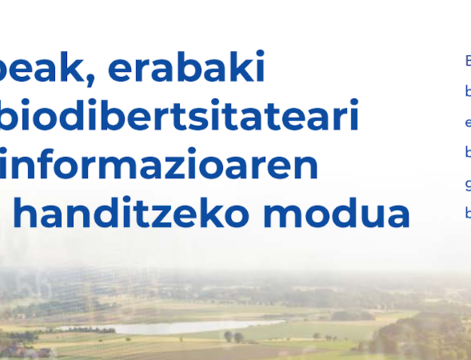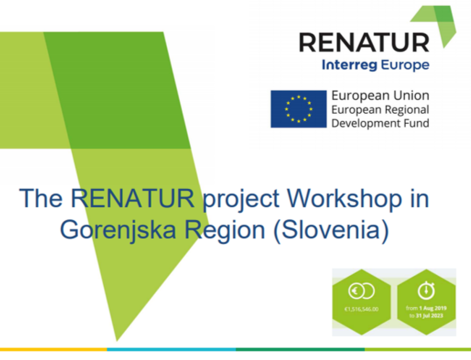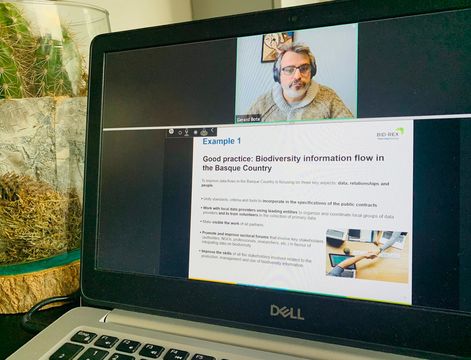Last month, the Marche Region organised three local stakeholder meetings to share information on the BID-REX project. Representatives from local administrations and managing bodies of protected areas were invited, in order to develop the Regional Economic Network of potential study areas.
20th September
The first meeting was held with five municipalities belonging to the Fermano Study Area. The purpose was to outline the design of the REM at an over-municipal scale. At least five project areas were identified, including the Porto Sant’Elpidio coastal area. At this meeting, the municipality drafted a plan for the Northern Coast Zone; this will considerably reduce the index building available, with the aim is to create green connections among the coastal and hilly systems.
27th September
A second stakeholder meeting was held at the headquarters of the Municipality of Jesi. The meeting was an institutional working table involving 17 municipalities that are involved in the Esino River Contract – a 75km development of the basin from the source to the mouth. This institutional body will define a framework in advance of drafting a strategic document followed by an action plan. The main aim of this first phase is to collect the existing anthropic, social, and environmental data of sites (such as the Ripa Bianca Jesi Reserve and Natura 2000 sites) to identify conservation actions in the area. Participants agreed to include objectives from the REM programme, to better connect and qualify the habitats functional to the conservation of biodiversity under the umbrella of the BID-REX project. Participants also agreed to share project developments in a selected study area.
29th September
At the end of last month, a third stakeholder meeting was held at the Conero Mountain Park headquarters. This is the public managing authority of the Natura 2000 site and leader of the Conero Macro Project which involves several municipalities within and outside its borders. A strategic document with 50 possible actions to support conservation of biodiversity was drafted. Currently, five municipalities are involved in the Area Environmental Agreement, and will implement small scale actions in public gardens, schools etc. Further action could be taken in the future, depending on the financial resources available.
In all three local stakeholder meetings, a common working methodology was shared by all the public bodies involved (18 municipalities, two park management authorities, two civil associations, two urban planners and one university). All three groups discussed the data already available, the analysis of missing data and the drafting of strategies for the conservation and enhancement of biodiversity and sustainable development.











